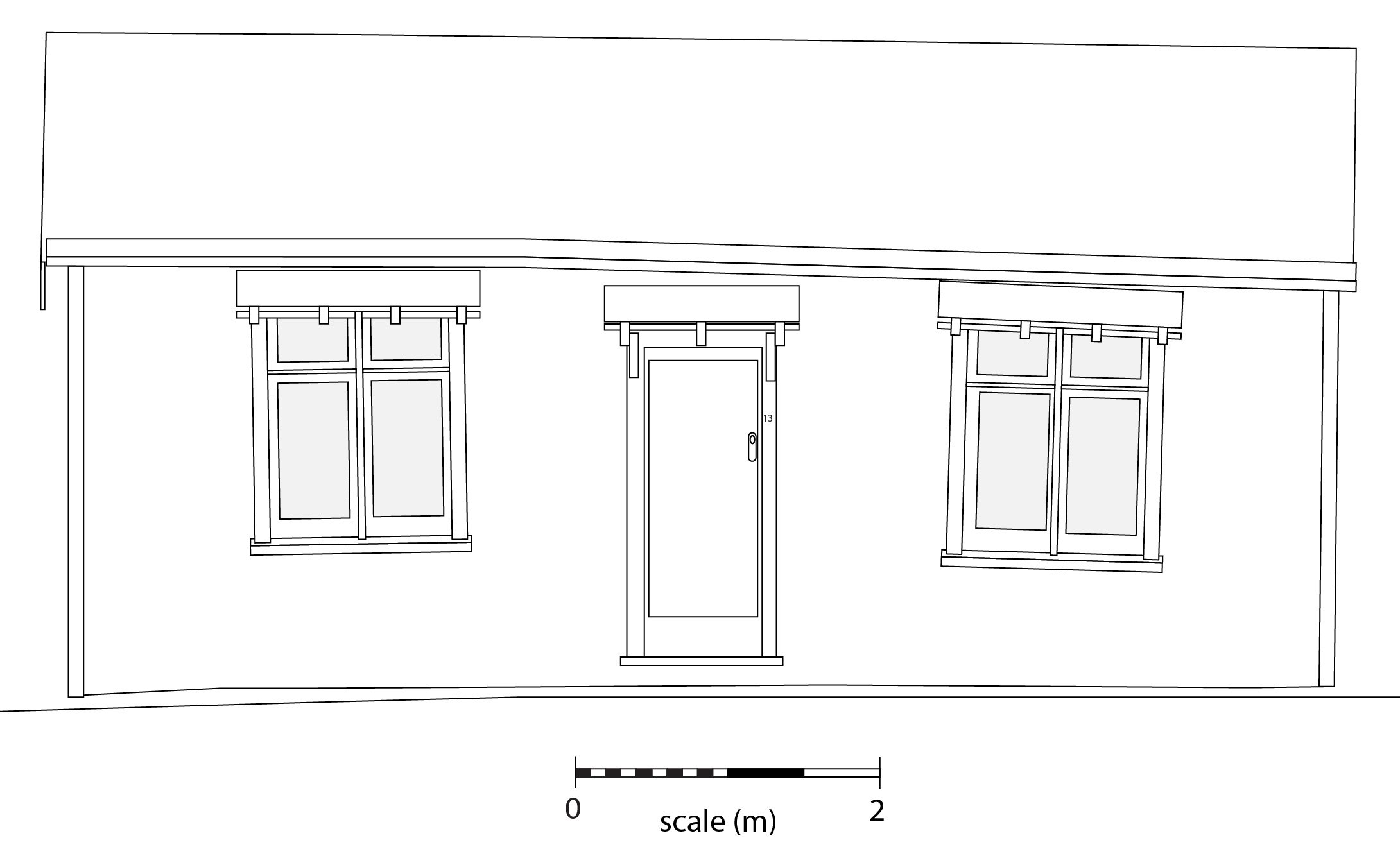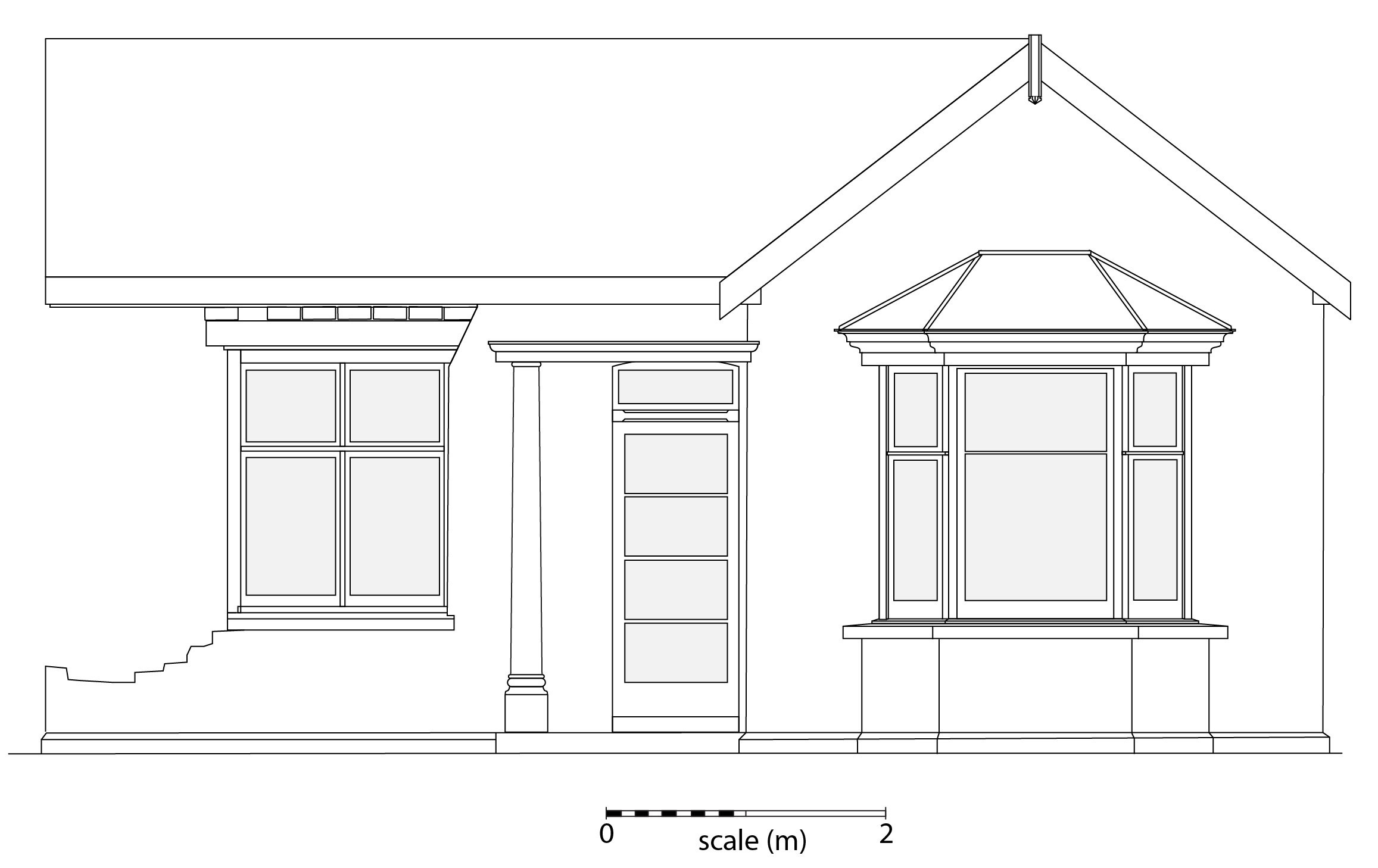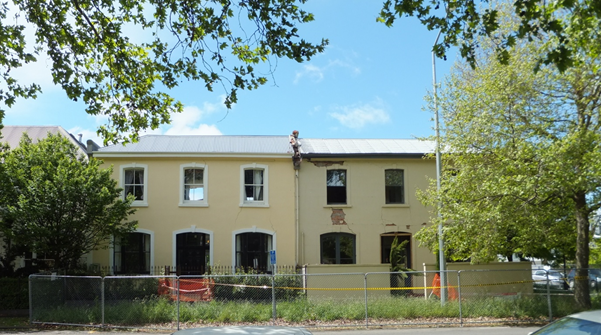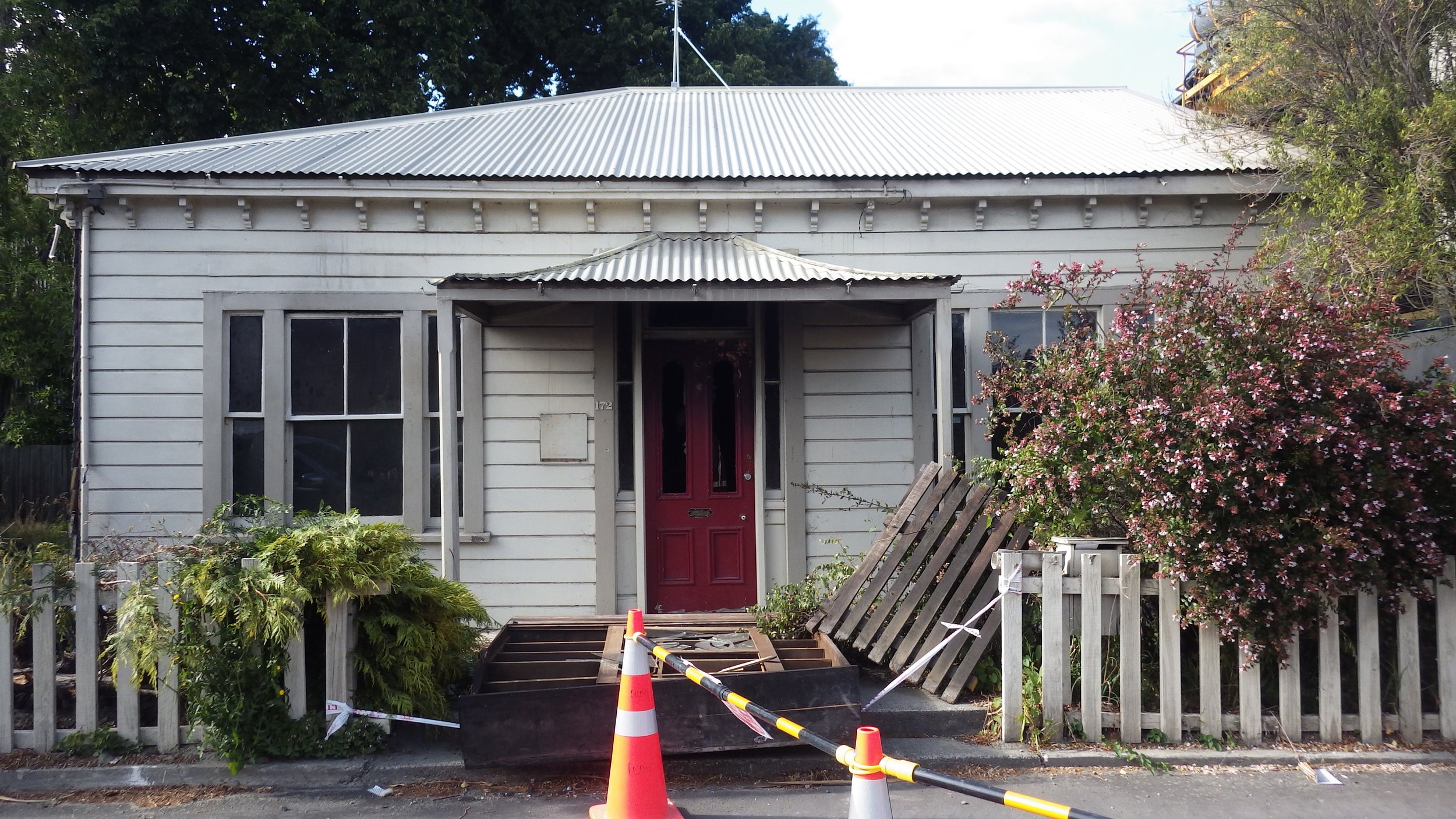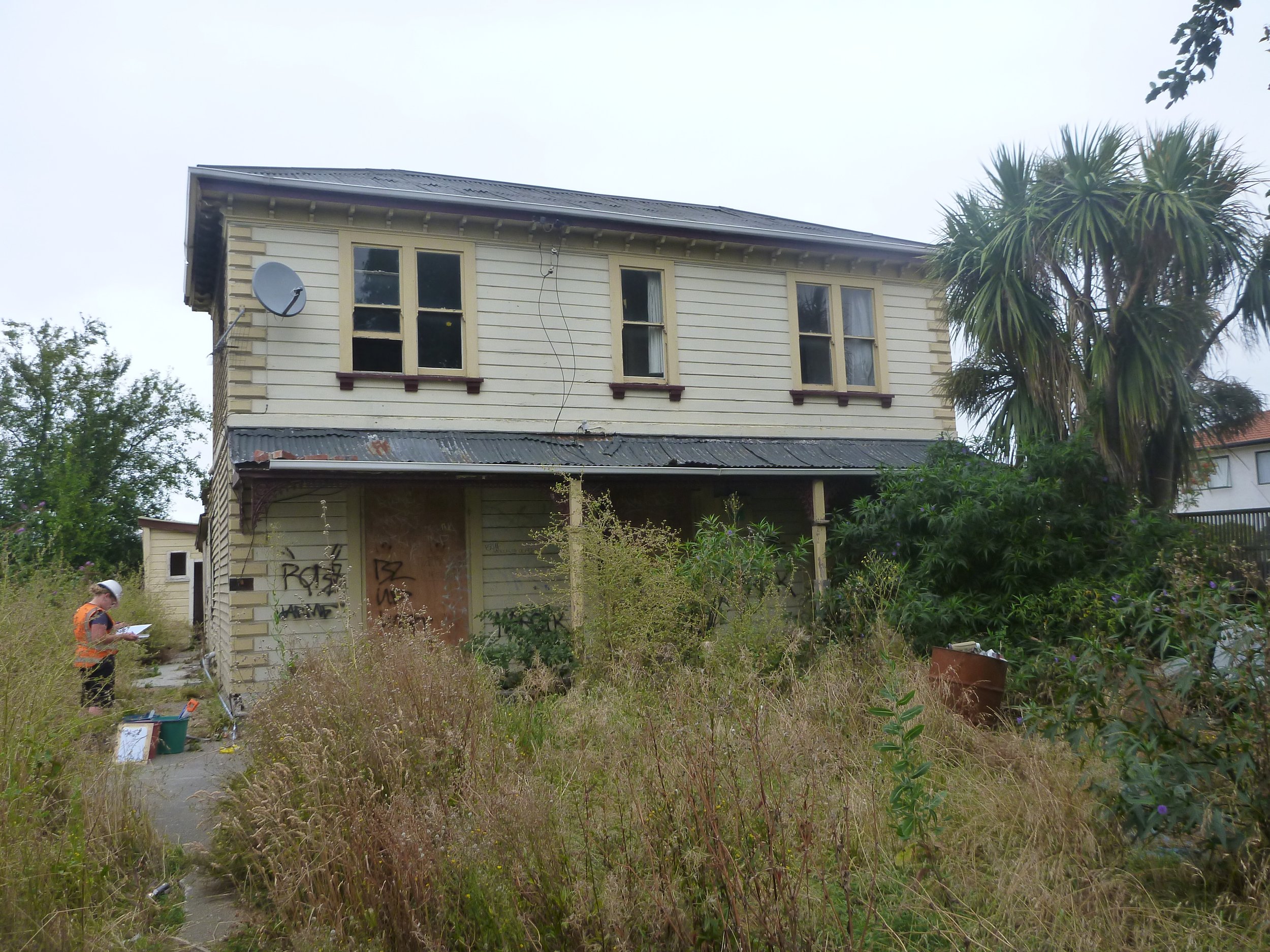House – and land – ownership. This was one of the factors that attracted European colonial settlers to New Zealand in the 19th century. Not surprising, really, when you think about the situation in England at the time (where most of those colonial settlers came from). There, property was a source not just of social status and power, but also of the ability to vote (for men…) and thus the ability to participate in the political system. And yet, it’s been estimated that, at the time, only 10% of houses in cities were occupied by their owners (most of whom were presumably from the upper classes). In the biggest cities, such as Birmingham and London, that proportion fell to just 1-2% of houses (Davison 2000: 12, 14, 16). In this context, it’s not surprising that home ownership took on an almost symbolic – and definitely political – importance for working class people. Nor is it surprising that members of the ruling elite, in turn, began to see working class home ownership as a threat to their power (Davison 2000: 9-11). Which brings me to this rather breathtaking quote from one John Robert Godley:
the age of equality is coming upon us, and our business is not so much to struggle against it, with a view to repulse it altogether, as to retard its progress and modify its effects…no man can look upon the state of our working classes; their ignorance in all which is important for them to know, the immense space which divides them in habits, tastes, pursuits, and feelings, from the rich; above all the widespread indifference to religious obligations, without trembling at the thought of their speedily acquiring political power.
Quoted in McAloon 2000: 162.[1]
Such attitudes may well have contributed to the Canterbury Association’s decision to price the poorer settlers out of the property market through their sufficient price model. This was a model that quickly fell by the wayside, and home ownership was to become widespread among colonial settlers.
Home ownership was much more achievable in 19th century New Zealand for these colonial settlers than in their home countries due to the relatively cheap and abundant supply of land. Of course, this land was only cheap and abundant thanks to the means by which it was acquired from Māori by the various agents: sales for ludicrously small amounts of money (with conditions that then weren’t honoured) or war and raupatu (confiscation). This land might have been ‘cheap’ at the time, but the long-term consequences of Māori loss of land have been anything but.
While home ownership was more achievable, by no means everyone chose to rent, and home ownership would not have been an option for some. There are no statistics about the number of rentals in 19th century New Zealand (in fact, no such data exists until 1916, when nearly half of all homes were rented; Schrader 2013), and gaining a detailed understanding of the rental market and particularly the rental experience is difficult. Considering the houses that were rented out does, however, offer some insights into renting in Christchurch in the 19th century (I will return to the renters themselves shortly). For my PhD, I spent what felt like months doing statistical analyses (numbers and I, it’s not a happy relationship), resulting in exactly three paragraphs in my final thesis. And some tables. But it wasn’t a complete waste of time: now I can say with confidence that there were almost no statistically significant differences between rental houses and those built for owner-occupiers in 19th century Christchurch. In fact, the biggest difference was that rental properties were much more likely to be built in the central city than in the suburbs, whereas owner-occupier houses were pretty evenly split between the two areas. Which tells us something about the economics of building rental properties (bearing in mind the usual caveats about samples, and mine definitely had a geographic bias). But the houses themselves varied in the same way owner-occupier houses did, reflecting the range of people who rented, and their requirements.
The houses shown in the images above were all either built as rental properties or, as in the case of the first house shown, rented out after a period of being occupied by their owner . Images: P. Mitchell, M. Hennessey, F. Bradley, K. Webb, Ōtautahi Christchurch Archaeological Archive.
Researching tenants is much harder than researching houses, and the reasons for this are instructive. In the absence of diaries or letters, the easiest way to gain an understanding of someone’s life in 19th century Christchurch is through newspapers (it helps that these are freely available online, unlike some historical sources). But many people did not appear in the newspapers (although the number who did is surprising). Court cases would warrant an appearance, so too would advertising for servants (which women might do but obviously this required a certain level of wealth), advertising your business, appearing at ‘important’ social events, or being involved in public affairs or an organisation of some sort (meeting attendees’ names were often recorded). Death notices, too, but birth notices often didn’t mention a woman’s name, only referring to her husband. And there are random mentions, too, like people selling chickens. But if you didn’t do any of those sort of things, you didn’t appear in the papers. And many of the tenants I chose to research simply didn’t appear in the papers (or had annoyingly common names: John Taylor, for example…). This tells me that these were not people who were prominent in business affairs or the city’s social or political life, they were not wealthy and they didn’t have advertise for servants (to be fair, the houses they rented told me that all of this was likely to have been the case). These are the sort of people you might expect to rent, people whose circumstances suggested they couldn’t afford to buy a property. What was also notable about many of the tenants I came across was that they were often at a particular property for only 2-3 years. Unfortunately, I don’t know enough about these people to know why that was the case, and whether they moved into a house of their own from their rental, for example.
One group for whom circumstances are likely to have made property ownership pretty difficult was women on their own, particularly those with no family to turn to and, in the case of widows, women who hadn’t been left a reasonable estate by their deceased husband. In the absence of an adult male wage, life was not easy and financial hardship common (Cooper and Horan 2003: 193). One such renter was Mrs Sarah Gault, who rented a pretty little new build in Gloucester Street. Sarah lived here for several years in the 1880s with her children (and possibly also her elderly parents, who she is likely to have supported), and ran her dressmaking business from the house. Women would have visited her here to be measured and fitted for their new clothes. While circumstances may have forced renting upon Sarah, the house that she chose to rent was fashionable and attractive and, I like to think, a key part of her business strategy, designed to appeal to the sort of women for whom she made clothes.
The house Mrs Sarah Gault rented in the mid-late 1880s. Image: M. Hennessey, Ōtautahi Christchurch Archaeological Archive.
While Sarah’s occupation was a working class one, renters were by no means exclusively working class people (Olssen and Hickey 2005: 207). At the other end of the spectrum were Caroline and Charles Todhunter, who rented a brick cottage on Cranmer Square in the early 1890s. Charles had a varied career, having been a timber merchant for a time and involved in the brewing industry. In 1890, he bought Westerfield station, near Ashburton. When he died in 1916, he left an estate of over £27,000, a substantial sum of money for the time (I don’t what Sarah Gault’s estate was, but I think it’s safe to assume it was nothing close to this; Macdonald 1952-64: T290, McAloon 2002: 15). That the Todhunters took up their rental in 1890 is probably no coincidence, given that Caroline Todhunter is consistently listed in the street directories as the occupant of the house (the street directories listed the head of the household, and women were only listed when there was no man in residence). It seems likely that this was a town house that the Todhunters chose to rent, with Caroline and at least some of their children living there, while Charles was based at the station. While this could be interpreted as a reflection on their marriage, there is another component to this story: Margaret, the couple’s eldest daughter, and in her mid-20s at this point, was attending the nearby Canterbury College (Press 29/10/1892: 8).[2] Further, newspaper references record her active involvement in Christchurch life: St John Ambulance (Star (Christchurch) 16/9/1892: 3), the Girls’ Friendly Society (Lyttelton Times 7/12/1892: 3) and attending any number of balls and other social events (Press 11/11/1892: 4, 21/9/1893: 5, 11/10/1894: 6). Presumably, then, the family had rented a house in the city to provide Margaret with a range of educational and social opportunities (the younger children may have been similarly involved, but they were less visible in the papers of the day).
The Todhunter lived in the rear, brick part of this house, the timber part having been added in c.1900.
The Todhunters were by no means the only well-to-do family I came across who rented, although the reasons why other families like this had chosen to rent were not always so clear-cut. For example, Supreme Court judge John Denniston and his wife, Mary, rented Linwood House for five years at the end of the 19th century. In fact, Linwood House – one of the grandest in the city in this era – was rented out on a number of occasions from 1877 on.
Linwood House, 2003. Image: Jackie Snowdon, CC BY-SA 3.0, https://commons.wikimedia.org/w/index.php?curid=16775483
Renting, then, was by no means confined to poor people, or people with working class occupations, and the range of rental options available reflected this, with rental properties in 19th century Christchurch ranging from the small and ordinary to the grandest of homes. While home ownership was undoubtedly the preferred option for many, there were some for whom this would never have been a possibility, whether due to their financial situation, the security of their employment or their gender. Some, though, chose to rent for other reasons, such as the Todhunters and their town house. Nonetheless, the ideal of home ownership was an important one, and one that has persisted to the present day. This is perhaps why Aotearoa has never developed the culture of successful, stable long-term renting seen in other parts of the world, and why attitudes towards renting often remain negative.
Katharine Watson
References
Cooper, Annabel, and Marian Horan, 2003. Down and out on the Flat: the gendering of poverty. In: Barbara Brookes, Annabel Cooper and Robin Law, eds. Sites of Gender: Women, Men and Modernity in Southern Dunedin, 1890-1939. Auckland: Auckland University Press.
Davison, Graeme, 2000. Colonial origins of the Australian home. In: Patrick Troy, ed. A History of European Housing in Australia. Cambridge: Cambridge University Press, pp. 6-25.
Lyttelton Times. [online] Available at: https://paperspast.natlib.govt.nz/newspapers
McAloon, Jim, 2000. Radical Christchurch. In: John Cookson and Graeme Dunstall, eds. Southern Capital, Christchurch: Towards a City Biography 1850-2000. Christchurch: Canterbury University Press, pp. 162-192.
Olssen, Erik and Maureen Hickey, 2005. Class and Occupation: The New Zealand Reality. Dunedin: Otago University Press.
Press. [online] Available at: https://paperspast.natlib.govt.nz/newspapers
Schrader, Ben, 2013. Housing – tenure. Te Ara – the Encyclopedia of New Zealand. [online] Available at: http://www.TeAra.govt.nz/en/graph/38662/housing-tenure [Accessed 23 February 2024].
Star (Christchurch). [online] Available at: https://paperspast.natlib.govt.nz/newspapers


